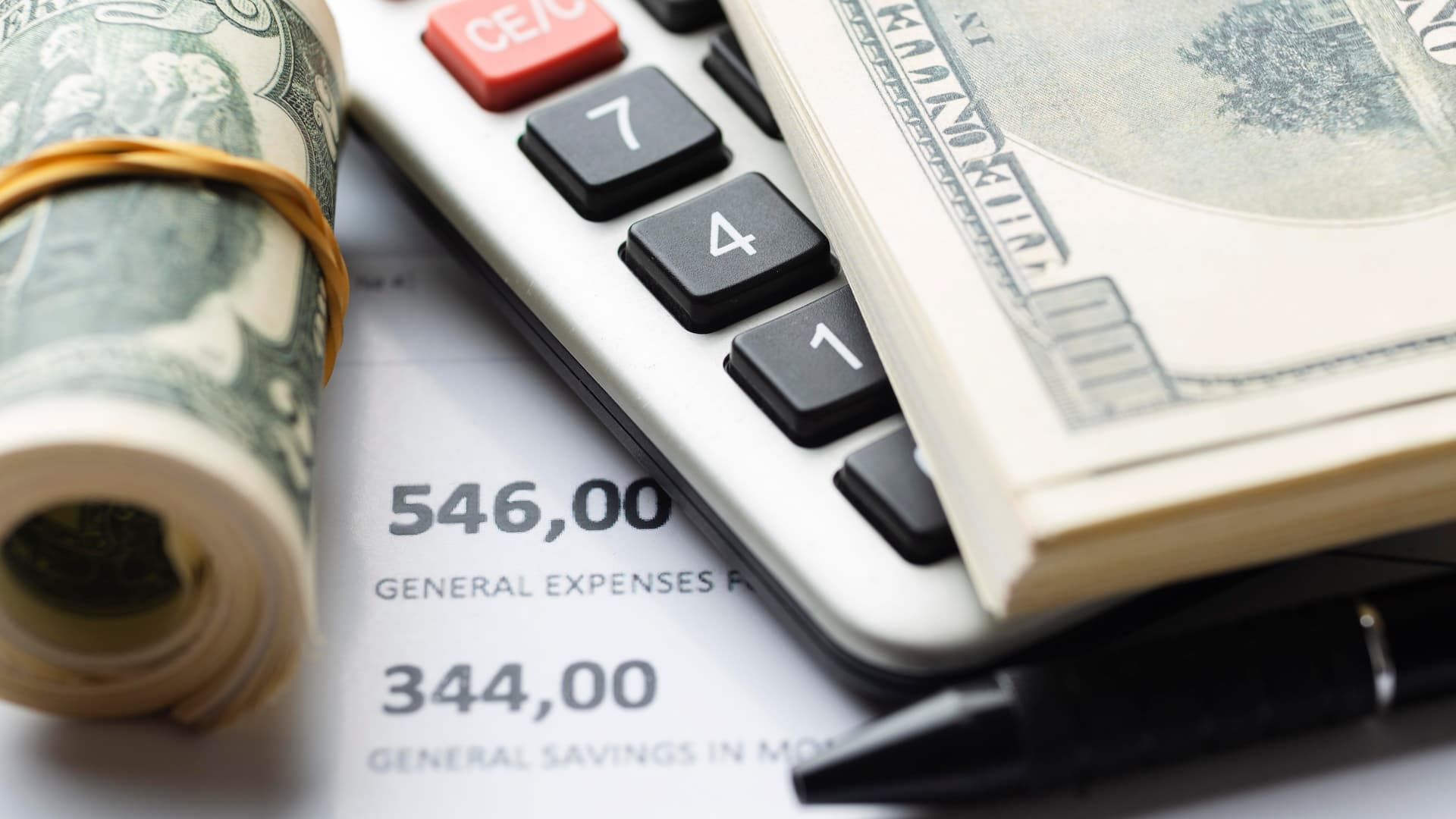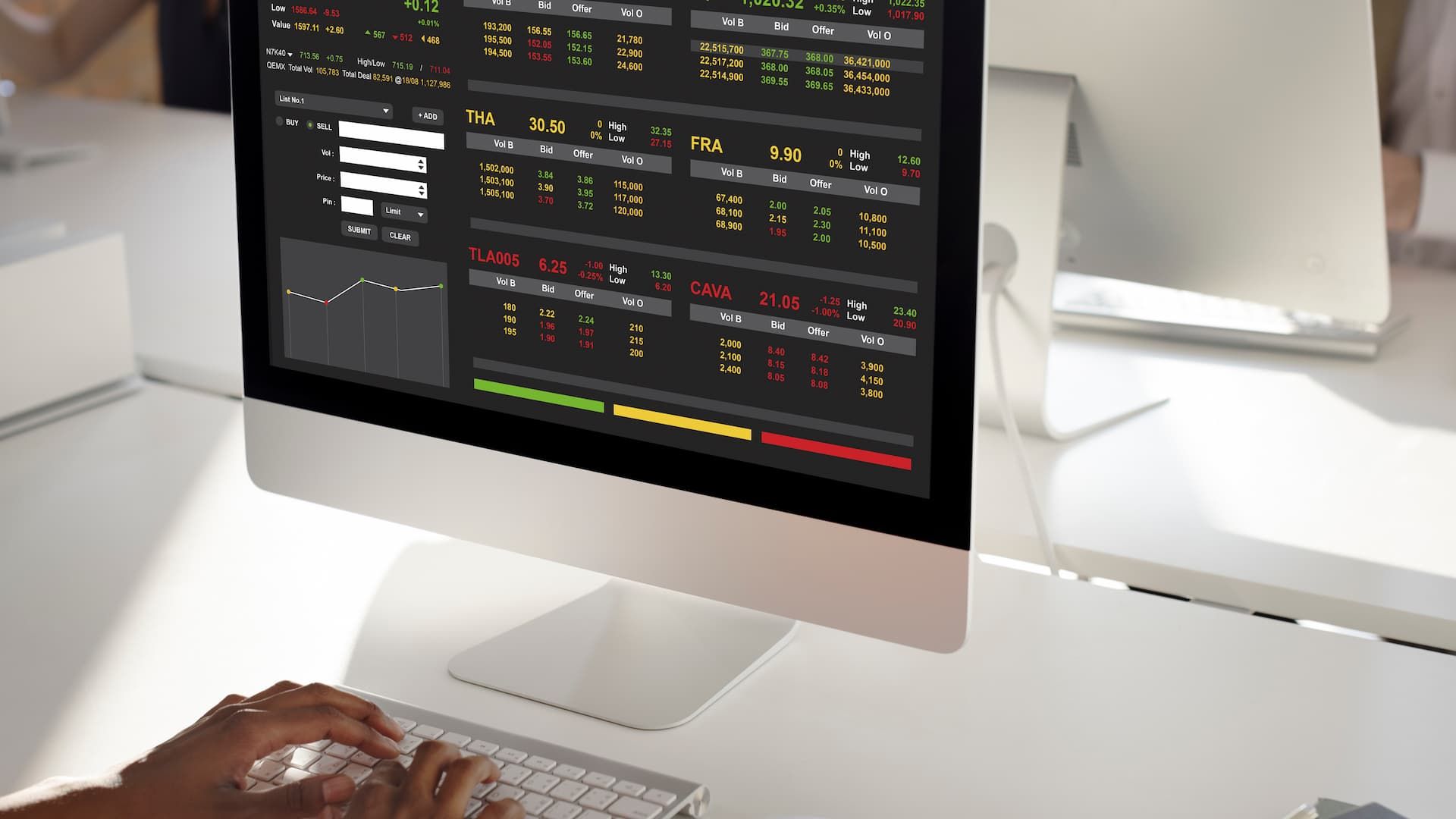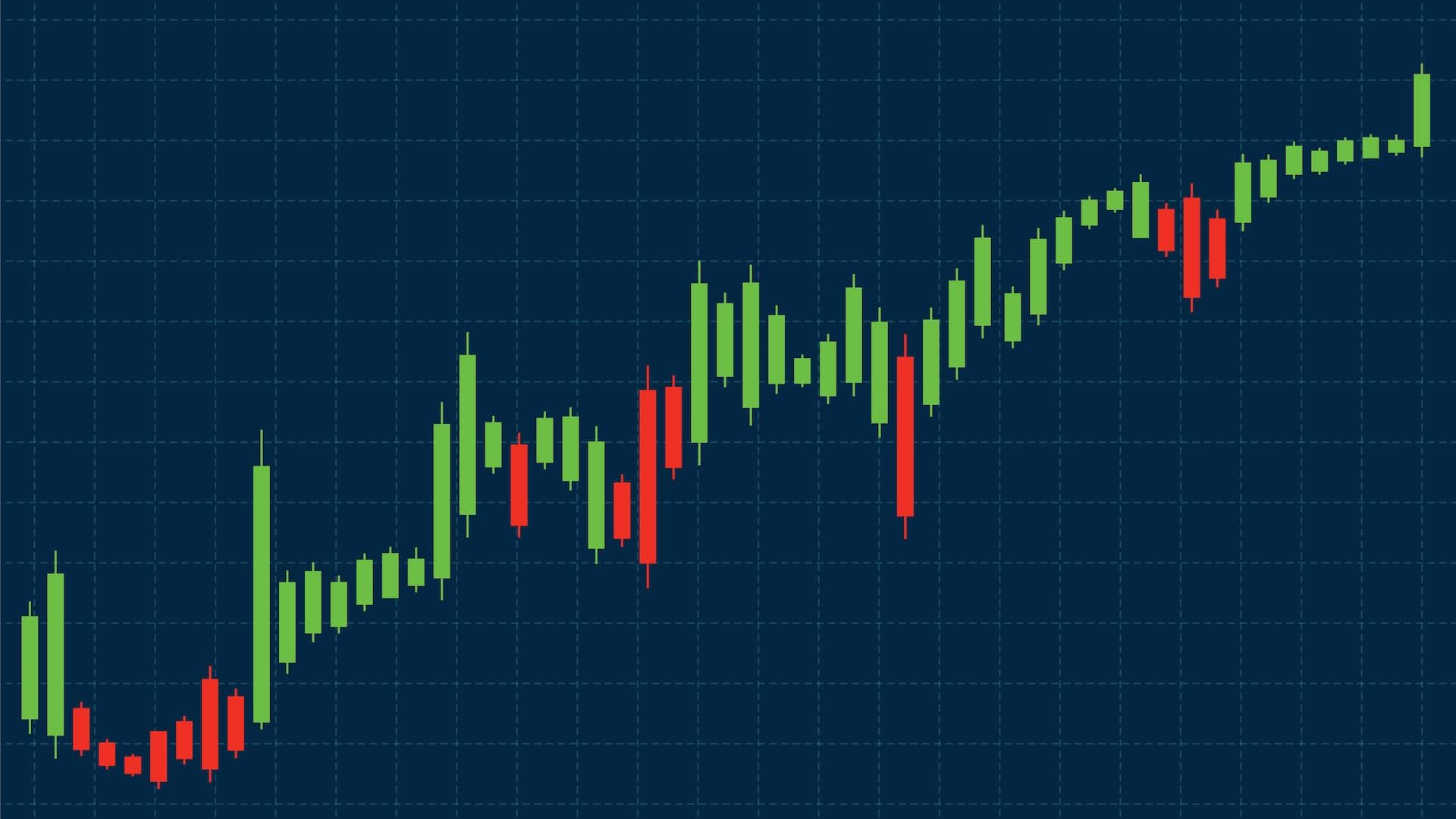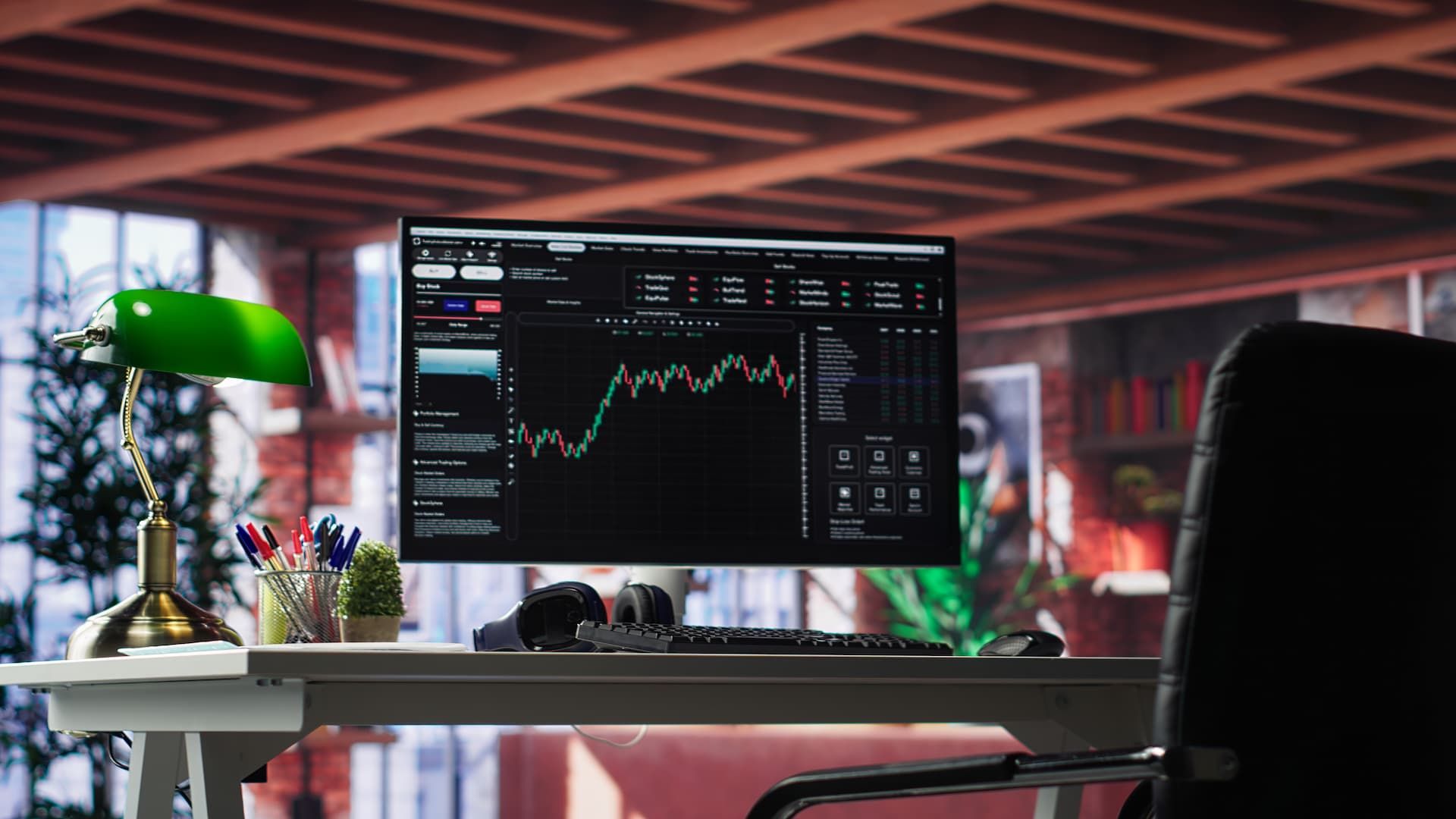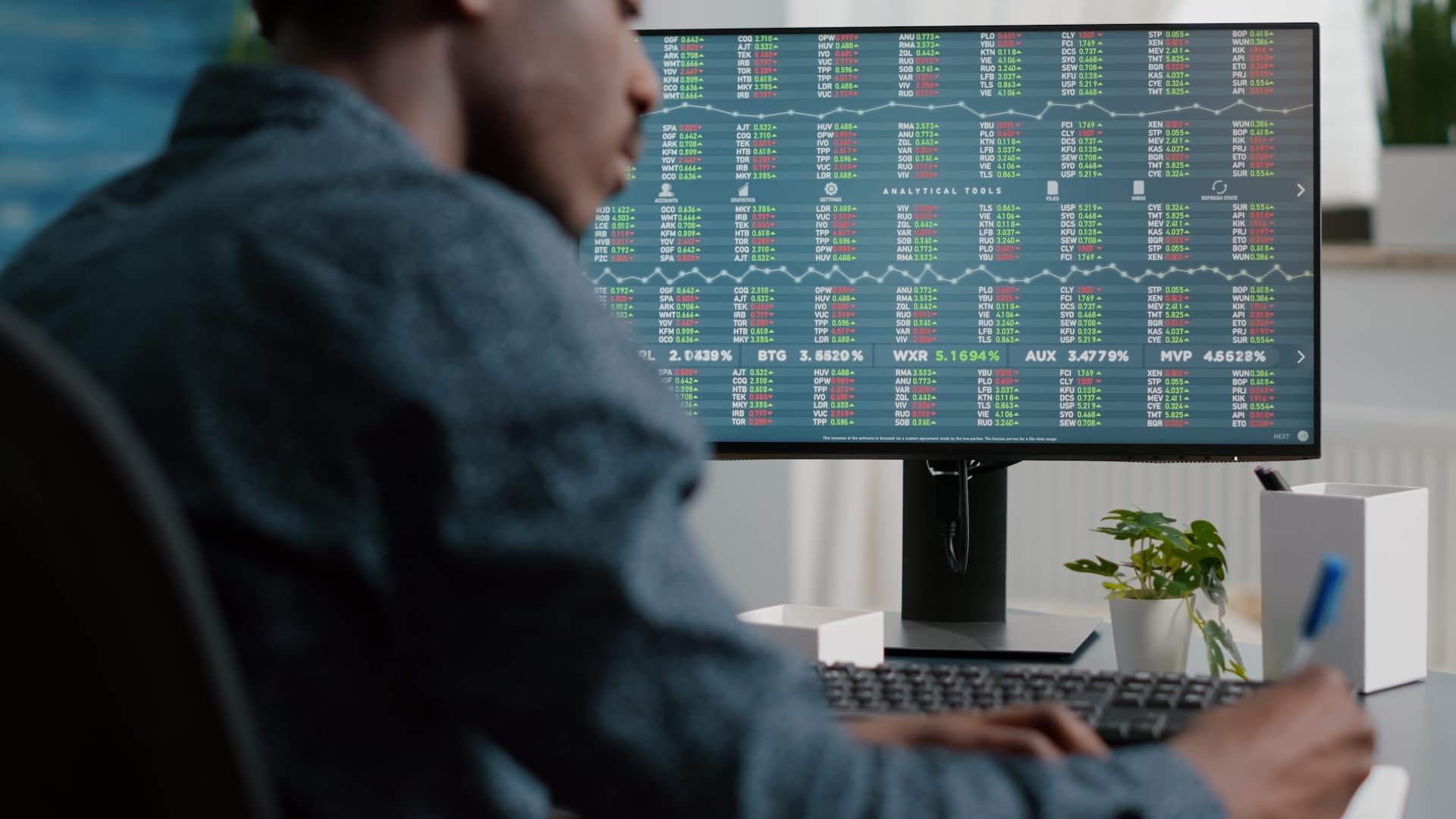Traders often imagine success comes from predicting the perfect market move, but in reality, long-term results depend just as much on execution as on analysis. Even with a solid trading strategy, poor order handling can lead to missed opportunities, unnecessary costs, or losses that could have been avoided. Smart order placement is about more than just hitting the buy or sell button at the current market price. It is about knowing how and when to use order types such as market orders, limit orders, stop loss orders, and stop limit variations to manage risk and protect profits.
In this guide, we will explore how professional traders apply stop and limit orders to control execution price, how to avoid common mistakes, and why using these tools can give you price protection in fast moving markets. Platforms like 24Markets.com make this process straightforward, offering flexible order entry windows, real-time data, and tools that help traders take a disciplined approach in volatile financial markets.
Understanding Order Types
Market Order vs. Limit Order
A market order is the simplest way to enter or exit a position. You place an order to buy or sell, and it executes immediately at the best available price. If the stock price of XYZ stock is trading at 50 and you place a market buy order, you may get filled close to that price, though in volatile markets the execution price can slip. The key benefit is immediate execution, but the downside is less price control.
A limit order, by contrast, gives you precision. You specify the exact price or better where you are willing to buy or sell a security. Suppose you want to buy at 48 instead of the current price of 50. You place a limit order at that specific price. The order only fills if the market price reaches your set price. This way, you avoid paying more than your desired price. For sellers, a limit order ensures you do not let go of a stock below the minimum price you are comfortable with.
Stop Limit Orders Explained
A stop limit order combines elements of both. It first waits for the stop price to be reached. Once that trigger price is hit, it becomes a limit order with a specified limit price. For instance, if you hold a stock trading at 100 and want protection if it falls, you might set a stop price at 95 with a specified limit price at 94. If the stock drops, the order is triggered, but the sale only occurs at 94 or better. This provides a balance between execution certainty and price control, though if the stock gaps below the limit, the order may not fill.
Sell Orders and Stop Orders
Plain sell orders are straightforward: you want to exit your position. A stop order, however, is tied to a specific point on the chart. Once the stop price is reached, it becomes a market order and executes at the next available price. If XYZ stock drops from 100 to your stop at 95, a sell stop order would trigger, and you would exit, though possibly at a slightly lower price if market conditions are volatile.
The key difference between a stop order and a stop limit order is in control. The former guarantees exit but not execution price. The latter gives price protection but may not fill if the market falls too quickly. Choosing which to use depends on whether you prioritize certainty of execution or control over price.
Using Limit and Stop Prices Strategically
How to Set a Limit Price
Setting a limit price is not about guessing; it requires market analysis. Traders often rely on support and resistance levels, moving averages, or the previous closing price to identify meaningful price points. The goal is to place your limit at a level where market participants are likely to step in. For example, if high trade volume consistently appears at 48, setting your buy limit near that level can increase your chance of execution at a favorable price.
Using Stop Limit for Risk Management
Risk management is at the core of smart order placement. Stop limit orders help limit losses by preventing trades from filling at an undesirable price. When the stop price is reached, the order becomes a limit with a specified price range. This avoids scenarios where a stock drops sharply and sells far below your intended exit point. In practice, it reduces downside risk while still keeping your risk management strategy intact.
On platforms like 24Markets.com, you can easily enter stop and limit variations directly in the order window. This allows you to manage risk in real time, especially in fast moving markets where sudden price movements can otherwise cause significant losses.
Sell Stop Limit: When and Why to Use It
A sell stop limit is useful for locking in profits or protecting gains. Imagine you bought a stock at 80, and it has risen to 100. You want to protect profits if the price falls but still give the stock some breathing room. You could set a stop at 95 with a limit at 94. If the stock price drops, the order is triggered, and you only sell at your set price or better. This keeps you from losing money unnecessarily while letting you ride the trend if the stock rises further.
Managing Risk and Market Conditions
Managing Market Risk with Orders
Market conditions can change in seconds. A well-placed stop order or stop limit order ensures your trading strategy adapts automatically without emotional decision making. Instead of reacting in panic when the stock drops suddenly, your predefined plan takes care of it. This discipline helps traders stay consistent over many trades, which is vital for long-term trading success.
Price Gaps and Their Impact
A price gap occurs when a stock opens at a price far away from the previous closing price. If you had a stop order at 50, but the next opening price is 45, your order becomes a market order and fills near 45. That is an undesirable price for most traders. Stop limit orders protect against this by ensuring the execution happens only at your specified limit price or better, though the tradeoff is that if the gap is too large, the order may not execute at all.
Trading During Extended Hours
Extended hours trading introduces extra market risk. Liquidity is thinner, spreads between bid price and ask price widen, and sudden moves are common. Orders placed during these trading hours require careful planning. Using limit orders or stop limits rather than market sell orders helps maintain price control. On 24Markets.com, traders have access to real-time order flow tools that make trading outside normal hours more manageable.
Advanced Order Placement Techniques
Placing Orders for the Lowest Price
No trader wants to buy at the highest price of the day or sell a stock at the lowest price. By using limit orders, you specify your desired price point and avoid overpaying or underselling. This is particularly valuable for swing traders or position traders who can wait for the market price to reach their exact price.
Combining Stop and Limit Orders
Professional traders often combine multiple order types to cover different scenarios. For example, you might set a stop loss order to protect capital if the price falls, while also placing a sell limit order at a higher price to secure gains if the stock rises. This layered approach allows you to capture potential price appreciation while keeping downside risk under control.
Adjusting Orders Based on Market Conditions
Market conditions never stay the same. In volatile markets, you may widen your stop price or adjust your specified point to account for sudden swings. In calmer conditions, tighter ranges can work. Monitoring market sentiment, trading volume, and market moves helps you fine-tune your orders for better execution. Platforms like 24Markets.com provide the data you need to make those adjustments in real time.
Best Practices for Smart Trading
Monitoring and Updating Orders
Placing an order is not the end of the process. Traders should monitor execution during the trading day, especially if market volatility increases. Updating orders to reflect new information ensures your trading plan remains aligned with reality. Leaving old orders untouched during sudden price changes can lead to poor execution.
Avoiding Common Mistakes
One of the most common mistakes is setting the stop price too close to the current market price. This often leads to orders being triggered by normal market fluctuations rather than genuine trend changes. Another mistake is relying only on market orders, which expose you to execution at an undesirable price during volatile periods. By learning the key difference between order types, you can avoid these pitfalls.
Protecting Profits and Limiting Losses
Ultimately, smart order placement is about balance. You want to protect profits when the market moves in your favor and limit losses when conditions turn against you. Whether you use a stop limit order, a sell stop limit order, or a combination of predefined rules, the goal is to apply discipline and reduce emotional decisions.
Traders who use platforms like 24Markets.com gain access to flexible order entry, transparent bid ask spreads, and powerful risk management tools. With the right structure in place, you can face fast moving markets with confidence, knowing that your execution is aligned with your overall trading strategy.

